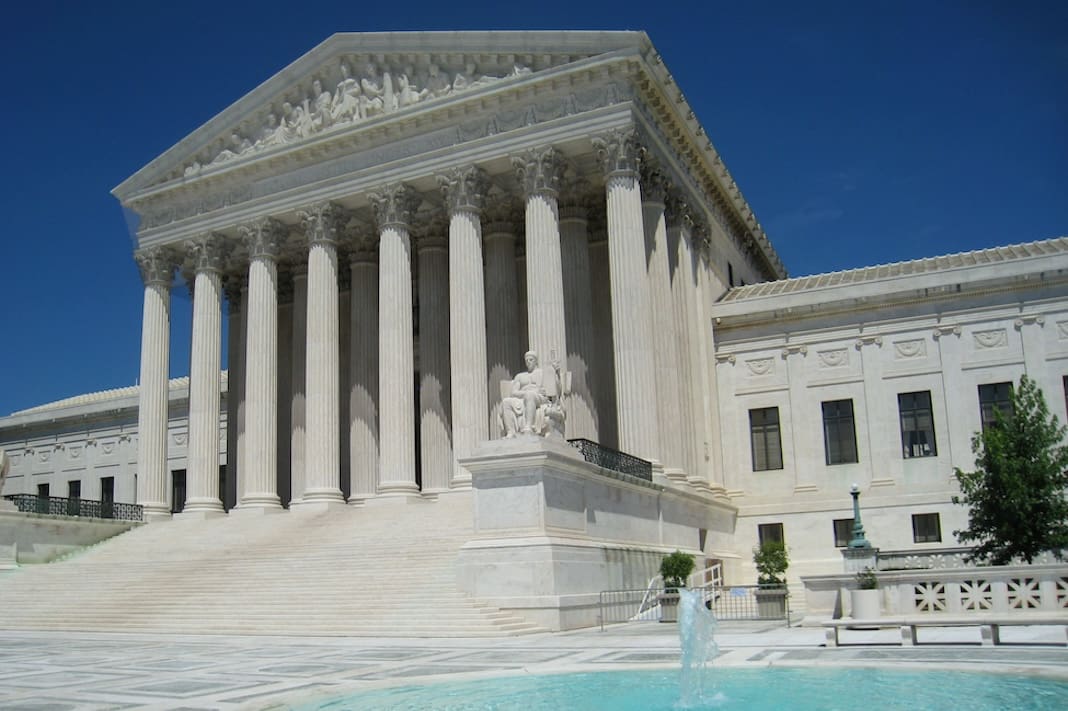What the Wisconsin Supreme Court ruling that overturned legislative maps means for 2024
The court ordered redrawing of maps must be completed by March 15, leaving a lot of uncertainty for candidates and voters ahead of the fall 2024 elections.

New legislative maps will be drawn in Wisconsin before the November 2024 elections, a quick turnaround that will create a mad dash for candidates and incumbents in the coming weeks as district lines shift.
The Wisconsin Supreme Court ruled on Dec. 22 that the Republican-drawn legislative maps for the state Assembly and Senate are unconstitutional and ordered new maps to be drawn ahead of the November 2024 elections. The decision came after maps gerrymandered to favor Republicans had been in effect for more than a decade.
Both parties to the lawsuit have until Jan. 12 to submit new map proposals. After that, two consultants hired by the court’s majority will have until Feb. 1 to review and assess the maps, after which the court will decide which maps to implement.
The maps must be finalized by March 15 in order to be in place in time for the fall 2024 elections, the Wisconsin Elections Commission has said. The filing deadline for candidates in both the Senate and the Assembly races is June 3.
“Candidates, political parties and groups involved in electoral politics will need to be able to react quickly when legislative maps for the 2024 elections are finalized. While we might be able to make educated guesses about how district maps might change, we cannot be certain about how this process might unfold,” University of Wisconsin–La Crosse political science professor Anthony Chergosky said in an email to the Wisconsin Independent.
Democratic Gov. Tony Evers told the Wisconsin Independent: “I give this message to any voter: Just stay tuned, because it is my hope that we will have more competitive races than we’ve ever had before.”
What exactly is the court calling for?
The new liberal majority on the Supreme Court called the state’s current maps unconstitutional because too many districts are noncontiguous, meaning they contain islands or detached pieces of land, sometimes described as creating a “Swiss cheese” effect.
In the Democratic-held 91st Assembly District, for example, a chunk of land just south of Eau Claire is technically part of the neighboring Republican-held 68th District, although it’s not connected to it and is instead floating in the 91st District. The 47th Assembly District, just south of Madison, has more than a dozen so-called islands. Fifty-two of 99 Assembly districts and 21 of 33 Senate districts are noncontiguous, according to an analysis by the Marquette University Law School.
The new districts ordered by the court must be drawn so that they are equally populated, strictly contiguous, and as compact as practicable, and they must not split boundaries of counties, precincts, wards or towns. The court also said those redrawing the maps should consider the possible partisan impacts of the new districts they create, as well as consider preserving communities of interest and avoiding splitting municipalities.
The court has discarded the requirement that the new maps have the “least change” from the current maps, meaning there could be significant adjustments made. Some candidates who live on the edges of their districts could soon find themselves in a new district entirely. Others may find themselves in a more competitive district than before and face more challengers.
“With new maps, some legislators could be in the position of actually facing competition from the other party. Can these legislators appeal to moderate and independent voters? Can they run the type of campaign that helps them win over swing voters? It will be a big test for them,” Chergosky said.
As a result, more legislators could retire, Chergosky said: “Many legislators have been serving in lopsided, electorally safe districts for their entire career. They might be unprepared to run in a competitive district, or they might be uninterested in doing so.”
In the meantime, Chergosky said, candidates and political parties could begin preparing for the various scenarios that might play out with the redistricting process.
New maps won’t necessarily guarantee a majority for Democrats in either the Assembly or the Senate, but it will likely level the playing field and create more competitive districts. Currently, there is only a handful of legislative districts in which the partisan results of an election would be a toss-up.
Creating more competitive elections means Democrats could recruit more candidates to run for office, Chergosky said. He said new maps would undoubtedly energize the left because any adjustments would improve their chances over the current maps, by which it’s virtually impossible for Democrats to win a majority.
“In terms of their prospects for winning majority control, there is nowhere to go but up for Democrats,” he said.
What should voters know?
Usually the start of an election year means the start of campaign ads, roundtables and door-to-door campaigning. But with new maps pending, voters are now left with uncertainty about what district they’ll be voting in and who their candidates might be.
“For voters, the most they can do is simply wait while the legal process plays out,” Chergosky said. “When districts are locked in for the 2024 election, voters might no longer see a familiar incumbent on their ballot.”
“I just think that’s so important for people to be engaged in voting because there will be a lot of uncertainty after the maps are created. But the good news is, they will be competitive, much more competitive,” Evers said.
“Voters might also experience the campaign in a different way, because if their district becomes more competitive, the intensity of the campaign could be ramped up beyond what they have seen in the past,” Chergosky said.




